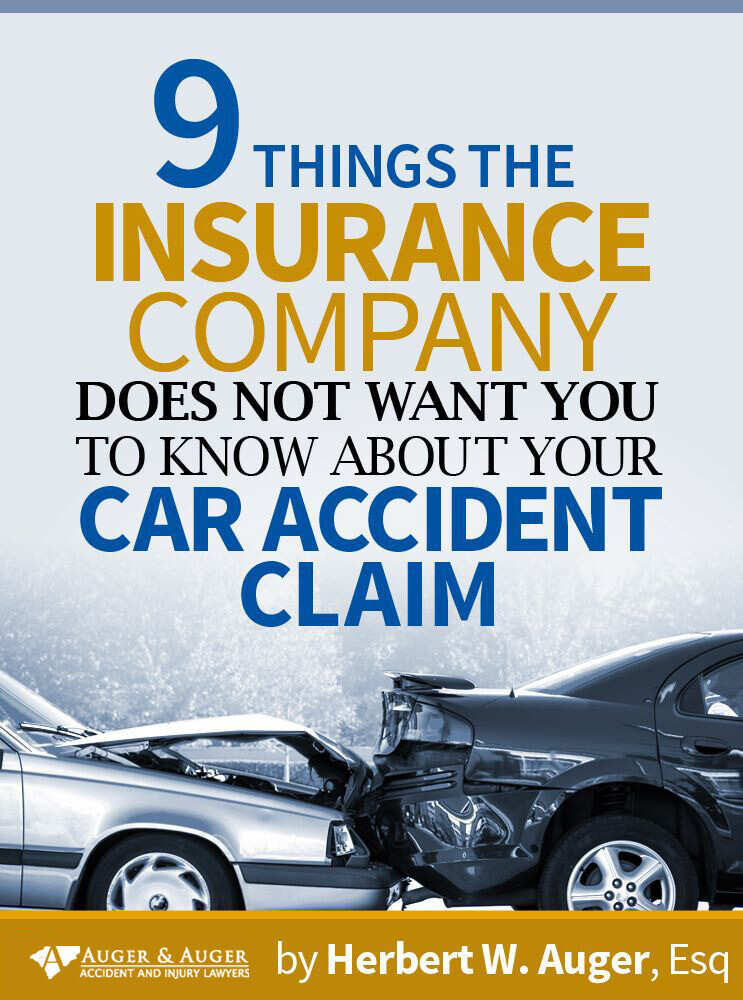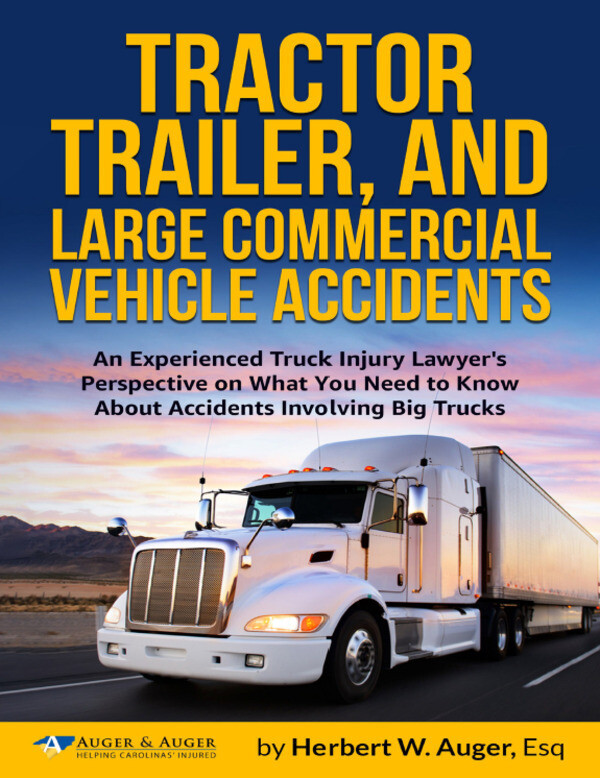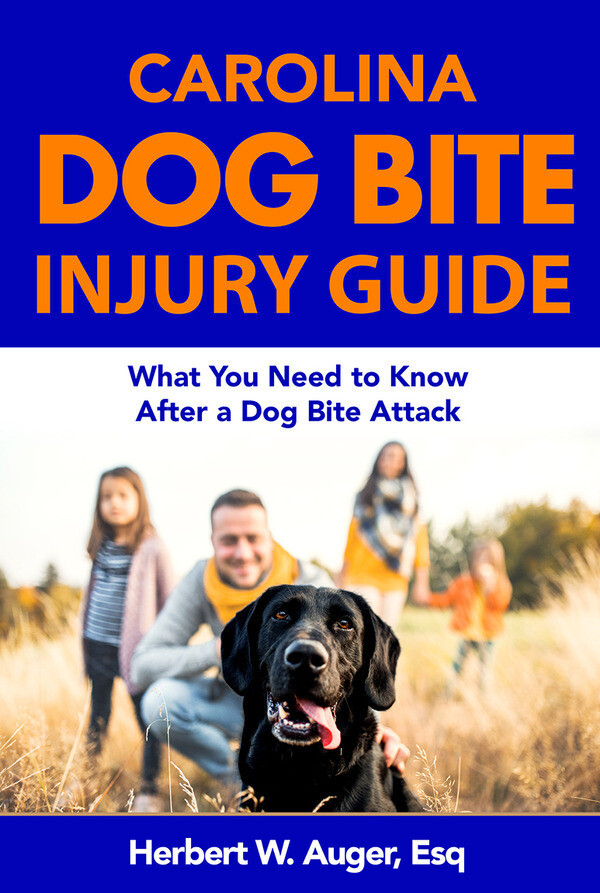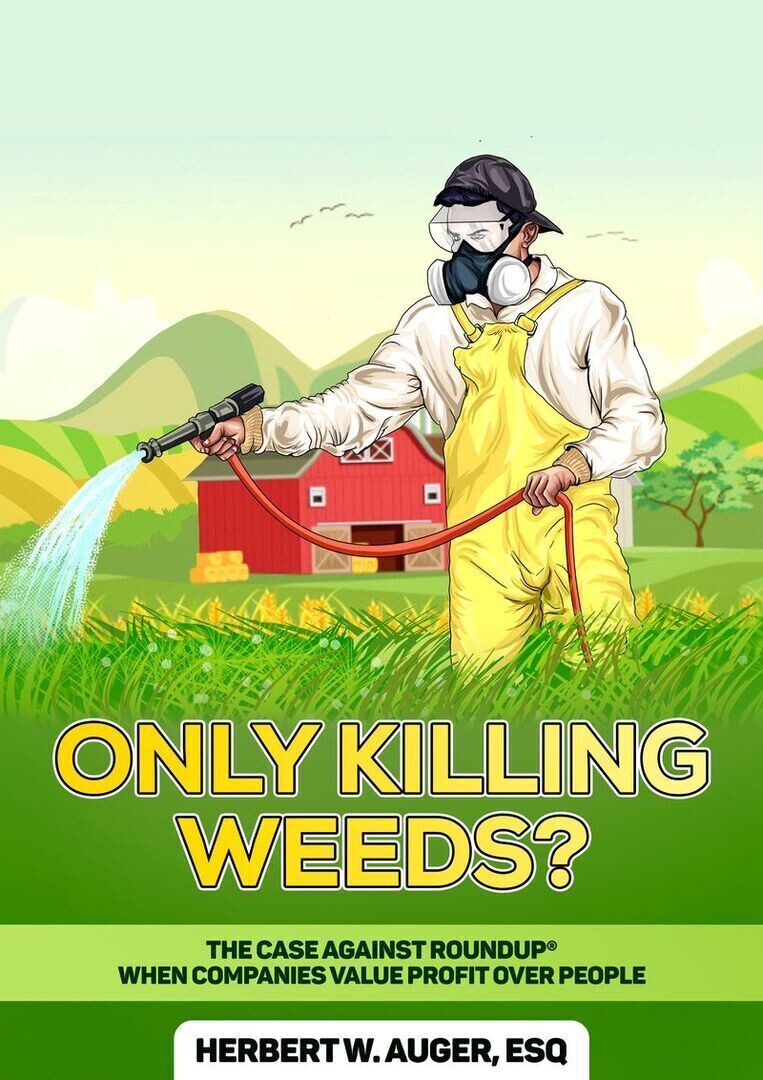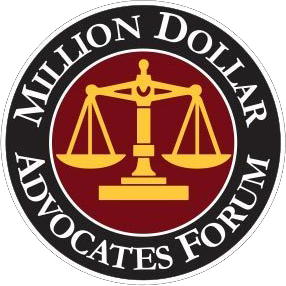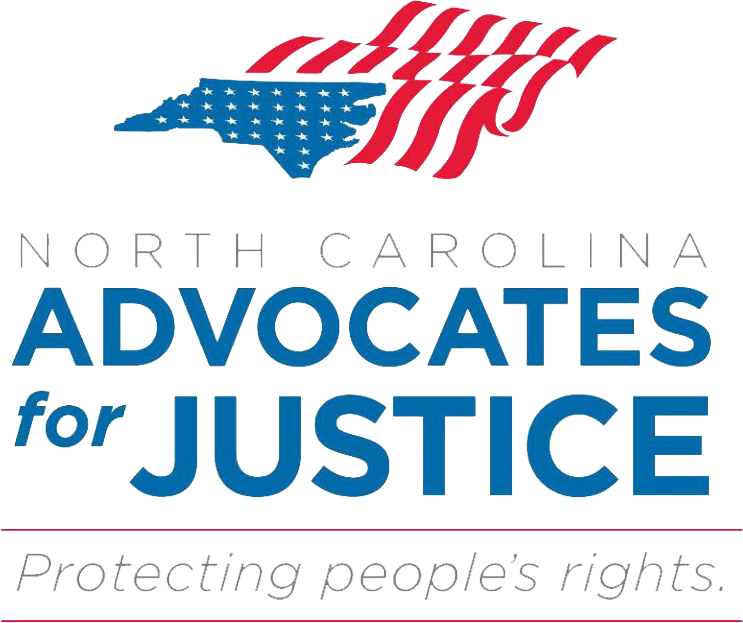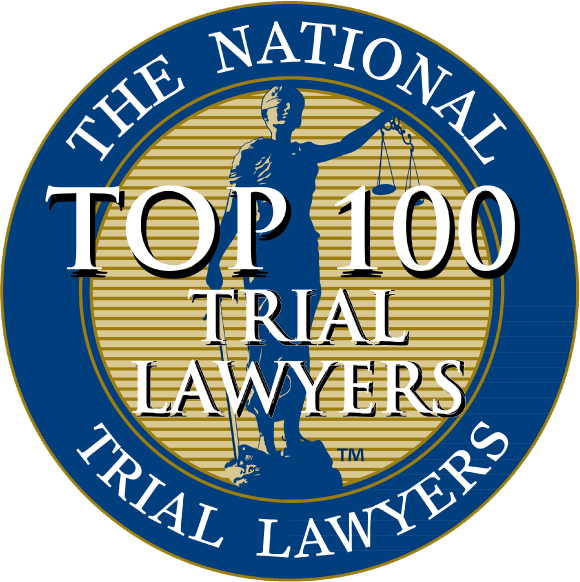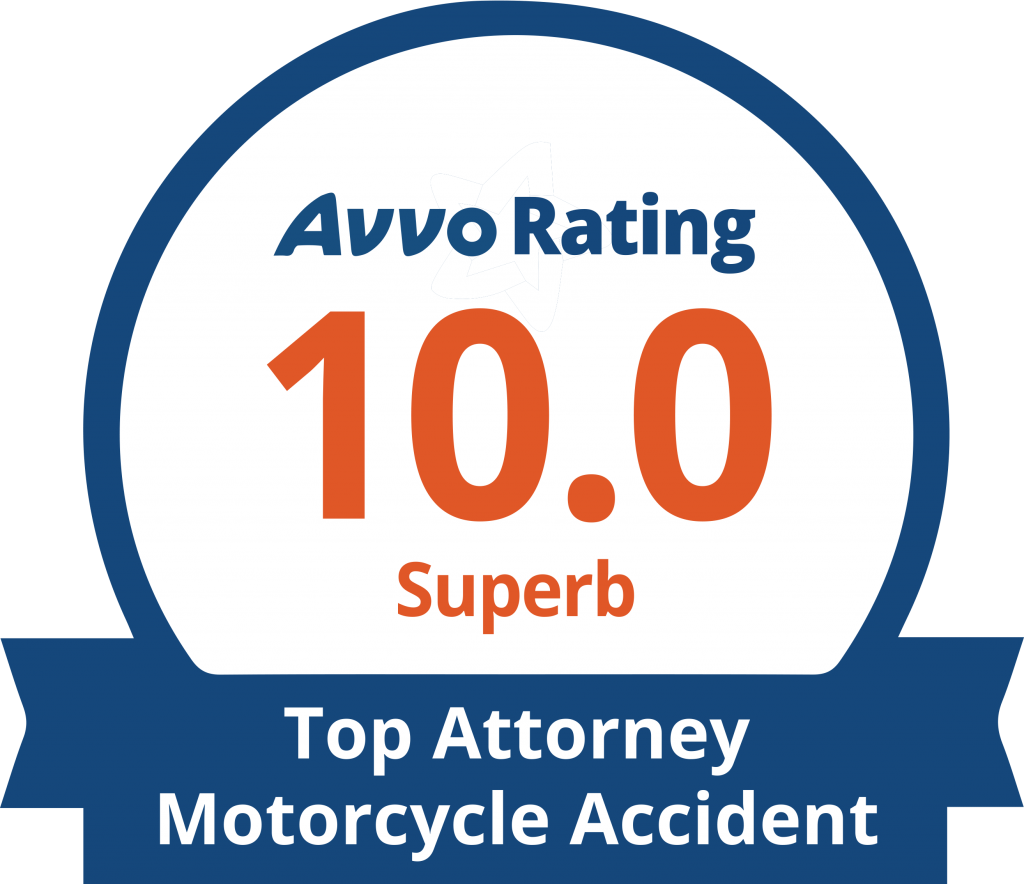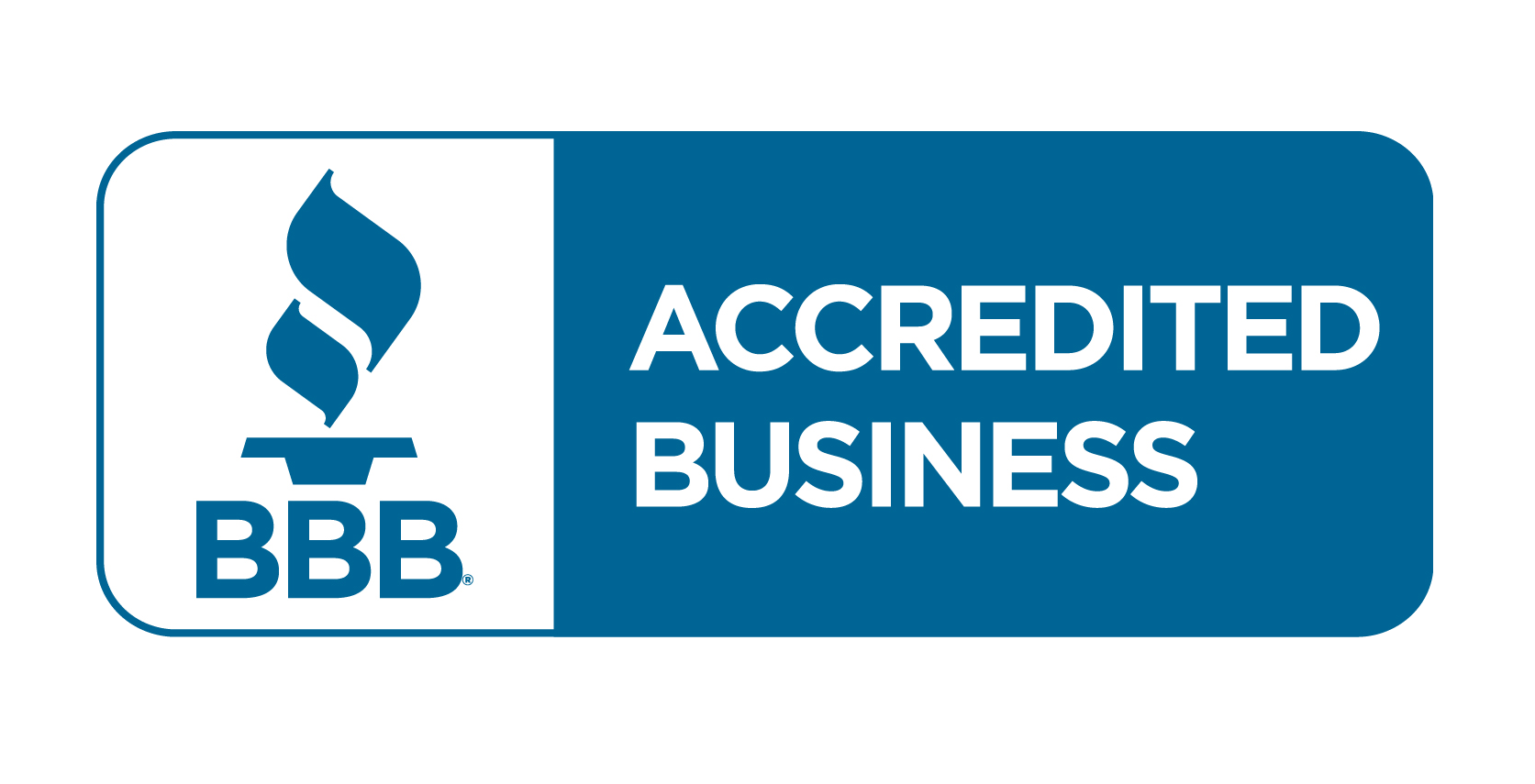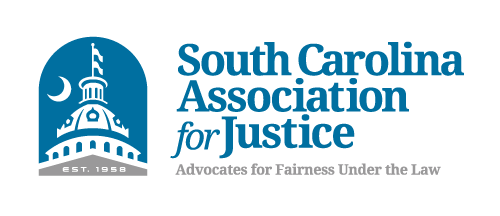Since 1994 Auger & Auger Accident and Injury Lawyers has obtained millions of dollars in compensation from drivers responsible for motorcycle crashes, and we want you to benefit from that experience. A Charleston motorcycle accident attorney is available to discuss the damages and injuries you have sustained and explain your rights for pursuing a liability claim.
There are not many roadway accidents as devastating as those sustained by motorcyclists. The high speeds achieved, the gleaming metal bodywork, and the joy of riding against the wind has appealed to Charleston area bikers for nearly eight decades. Unfortunately, these very attributes inherently leave out any real protection for the rider. Add to this the enhanced risks to a motorcycle compared to cars and trucks when there’s uneven pavement, cracks, potholes, and sudden objects on the road (like animals or fallen debris).
The Reality of South Carolina Motorcycle Travel
Rural roads and off-road treks generally equate to lower speed levels and more relaxed rides. And there are race tracks for those with a penchant for high speed and competition. But highway traffic, increased speeds, and freight trucking congestion are accidents waiting to happen for motorcyclists.
According to the U.S. Department of Transportation’s National Highway Traffic Safety Administration (NHTSA), “you are 37 times more likely to die in a motorcycle accident than a car accident…and nine times more likely to become injured while riding a motorcycle than while driving a car.” In other words, the odds are against you.
How Can a Charleston Motorcyclist Beat The Odds?
- Check your tire pressure, brakes, headlights, signals, and fluid levels before starting out.
- Arms and legs should be covered by heavy denim or leather, which help to prevent you from dehydrating and “road rash” in the case of a collision.
- Footwear must cover your ankles, and gloves are necessary for the best grip and hand protection.
- Always wear a helmet to reduce your risk of serious head injury and death in a crash.
- Reflective clothing or bike stickers will keep you safer if you’re on the road at night.
- Obey the laws and pay extra attention to lights and signs.
- Yield to pedestrians and other vehicles at intersections when proceeding.
Remember, just like truck drivers, other drivers can’t see you if you can’t see them. Public road drivers are not looking for you, so you must look for them! Give cars and truckers the right of way because trying to always be first could land you in the middle of a grievous disaster.
Common Types of Motorcycle Accidents
Some motorcycle accidents can’t be prevented by the biker, but there are steps you can take to reduce your chances of a wreck in high-risk situations. Here are some of the most common types of accidents involving motorcycles and ways to prevent them:
Left Turning Into the Motorcycle’s Path
Unfortunately, this one is very common, and the main reason it happens is that the other driver doesn’t see the motorcycle. The bike’s small size renders it difficult to spot, and on top of that, most drivers are looking for what they expect to see – other cars and larger vehicles.
Aside from using reflective devices to make yourself more visible, here are some other ways to prevent left turn accidents:
- Keep an eye out for signs another driver is going to turn – such as turning their head back and forth to look for other vehicles. It’s good that they’re looking! But in some cases, they still may not see you, so slow down and be prepared to stop just in case.
- The same is true if you have a gap in traffic ahead of you – this is another situation where the other driver may think the way is clear.
- Be especially careful in areas where parts of the landscape may obscure another driver’s view, such as large trees or bushes, outbuildings, etc. These can make it even harder for a motorist to spot you before pulling out, so drive slowly and be ready to brake. Moving to the outside lane may also be helpful if one is available.
- Drive with your headlight on whenever it’s gray, cloudy, foggy, or visibility is reduced for any reason.
Lane Switching Accidents
Again, the big problem here is the other motorist doesn’t see you, so they start moving over into your lane. Sometimes the car will strike the motorcycle, but this situation may also lead to a “no contact” crash where the biker goes off the road and crashes into another object while trying to avoid being hit by the car. How can you avoid lane-switching crashes?
- Avoid being in any vehicle’s blind spot. If you can see the driver’s side mirror or, better yet, the driver’s face, you’re probably in a good position. If not, you’re probably in a blind spot.
- If you find yourself in a blind spot, get out of it as soon as you can safely do so by speeding up or slowing down.
- Be aware of what other drivers are doing. In particular, notice if they’re showing signs of moving into your lane – putting on their turning signals, checking their mirrors or turning their head, or the car’s wheels starting to turn in your direction. Be ready to take evasive action if necessary.
Head-On Accidents
Not surprisingly, these are extremely dangerous for motorcycle riders as a car has far more protection than a bike in a head-on crash. Sometimes the car driver crosses the median into the biker’s lane, especially if they’ve been drinking. In other cases, something causes the motorcyclist to lose control and go over the double-yellow line, like hitting debris on the road.
The National Safety Council recommends implementing the “four R’s” to reduce the risk of head-on crashes:
- Read the road. Continuously scan the street immediately ahead of your bike and further out. Be aware of approaching cars, debris on the road, or other hazards. Also, make a mental note if there is a shoulder you can use in an emergency. If you see a vehicle coming, watch how close it is to the double-yellow line, and notice if this gap is shrinking. If so, slow down and move to your right. Be ready to move to the shoulder or off the road if necessary.
- Stay to the Right. Remaining just right of the center of your lane provides a cushion of extra space between you and vehicles that may cross over the center line. If there are multiple lanes, leaving at least one extra lane to your left is a best practice unless you’re planning to turn left shortly. If you see another driver crossing the center lane, always move to the right, onto the shoulder if necessary. Never swerve to the left if the other driver realizes their mistake and swerves back into their lane.
- Reduce your speed. This goes hand in hand with reading the road. If you spot a hazard ahead, like debris in the road or an oncoming vehicle that’s moving erratically, start gradually slowing down right away, but resist slamming on the brakes or coming to a dead stop. Stopping can cause you to be rear-ended, and the impact could throw you into the path of the oncoming car.
- Ride off the road when necessary. If a car is swerving across the center line and you have to choose between going off the road and hitting the car, your chances are much better with hitting the shoulder. Yes, there are sometimes objects on the shoulder you don’t want to hit either, like trees or road signs, but even these are less dangerous than a large vehicle going 35 MPH or more. If it looks like you’re going to hit a sign or tree, try to steer your bike, so you hit the edge of it rather than the center, as this is likely to do less damage to you and your bike.
Lane Splitting Accidents
While riding a motorcycle, you may be tempted to beat the rush-hour congestion by sliding between lanes of stopped or slow-moving vehicles. This is called lane splitting, and it’s illegal in South Carolina. It’s also very dangerous for multiple reasons:
- Going between rows of vehicles gives you very limited room to maneuver in an emergency.
- Car drivers don’t have the ability to split lanes, so it does not occur to them that anyone is going to be between them and the next lane of traffic. They’re not looking for you and probably won’t see you.
- Car drivers sometimes try to move over into another lane if they think it’s moving faster. Since they aren’t looking for traffic between the lanes, they might pull out right in front of you, leaving you with no way to avoid the crash if you can’t stop in time.
The best way to prevent lane splitting accidents is to simply not lane split. If you know traffic will be bad, leave earlier or consider alternate, less busy routes.
South Carolina does allow lane sharing, which is when two bikes ride next to each other in the same lane. This is less dangerous than lane splitting, but the rider on the left will be at increased risk of a head-on collision if another driver crosses the center line. For this reason, it may be better to limit lane sharing to multi-lane streets where you can ride with an extra lane between your bikes and the median.
Accidents When Turning Corners
Unlike some other types of accidents listed here, corner-turning crashes are often one-vehicle accidents. The issue here is that turning is more precarious for motorcycles than four-wheeled vehicles. It’s easy to wipe out when turning for several reasons:
- If you turn into a patch of ice, gravel, or some other hazard in the road that causes your front wheel to lose traction, it may be hard to regain control.
- Because they only have two wheels, bikes can get unbalanced easily.
- It’s very easy to misjudge a turn on a motorcycle, and as a result, sometimes riders take curves too fast and lose control of the bike. This is an especially big problem on steep and twisting roads.
- A single-vehicle accident from taking a turn too fast can quickly become a multi-vehicle accident, especially at an intersection, if the bike spins out into the path of other vehicles or the driver is thrown from the bike into the intersection.
The best way to avoid corner-turning accidents is to drive slowly and carefully. If you haven’t taken a turn before, don’t assume you know how tight it will be. Slow down and be on the lookout for any debris in the road as you turn.
If You Made an Error in a Bike Accident, Does That Mean You Can’t Sue?
Not necessarily. It depends on how much your mistake affected the collision. South Carolina uses modified comparative negligence statutes for personal injury cases, meaning that if you were less than 50 percent responsible for an accident, you could still collect damages from the mostly-at-fault other party. These damages will be reduced by the percentage of fault you had. In many cases, the motorcyclist’s mistake was minor and only contributed to the collision by a small percentage.
Also, many people think they’re at fault in an accident when they’re not. You should answer questions honestly when speaking with the police after a collision, but never say you think it was your fault. You might not know everything that happened leading up to the crash, and even if you did something wrong, the other party might still be primarily at fault.
If you’ve been in an accident and aren’t sure whose fault it was or if you have a case, please contact a Charleston motorcycle accident attorney right away for a free review of your situation.
Auger & Auger Motorcycle Accident Lawyers
For nearly three decades, Auger & Auger Accident and Injury Lawyers has dedicated its practice exclusively to personal injury victims. Our team is service-oriented, with a reputation for exceptional customer service and successful outcomes.
Once you have contacted our office to speak with a Charleston motorcycle accident attorney, you will know you’ve made the right call. Now you can concentrate on your family and healing from your injuries while we work on maximizing the compensation to which you are entitled. We are willing to go up against big insurers to ensure that you receive the proper medical treatment and damage recovery for your medical bills and lost wages.
We are proud to share our success with our clients and are happy to offer a no-retainer, zero-fee guarantee. This means the financial risk is on us, not you.
Call (843) 203-5129 today for your free consultation, with no fees due until recovery!

